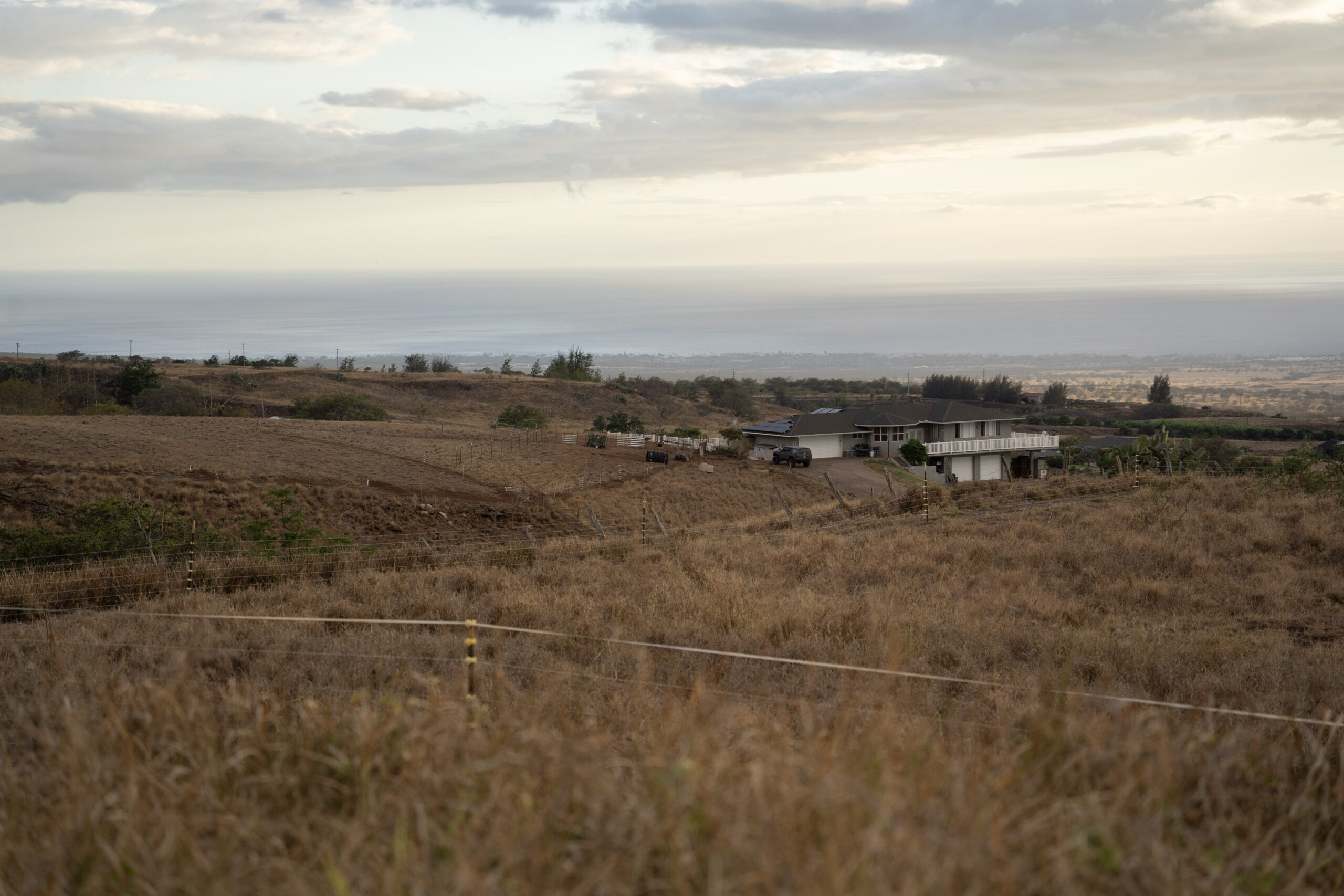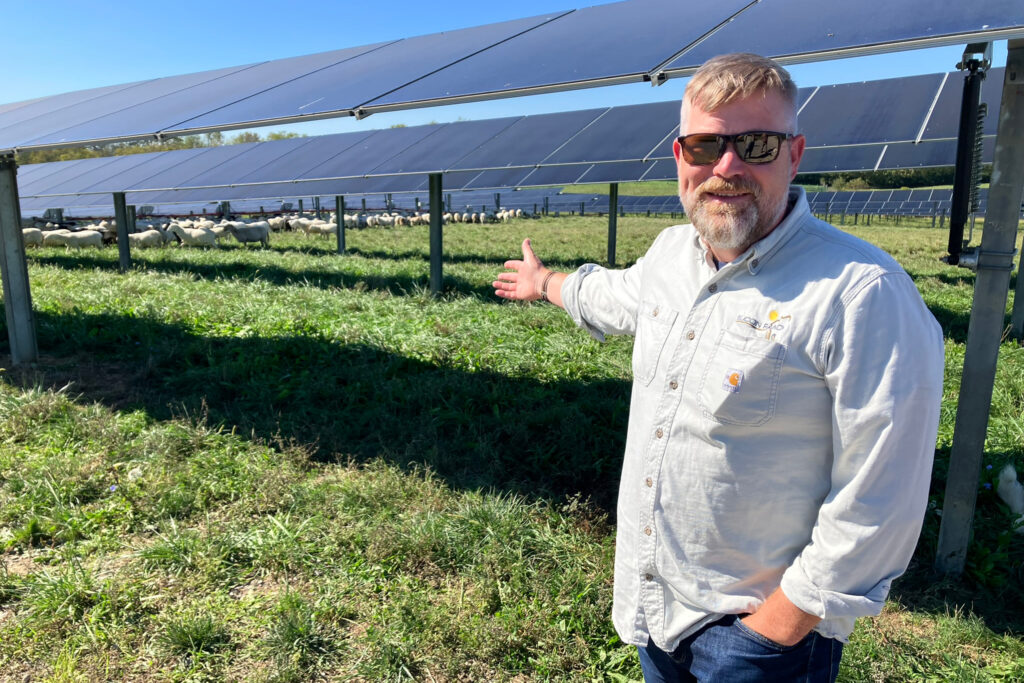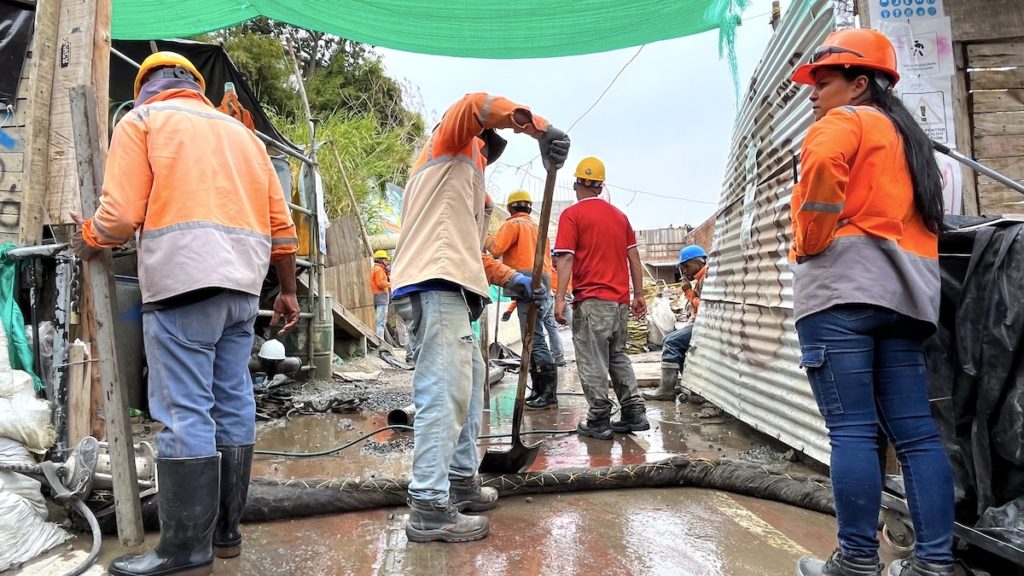ECI Regional Planning District Releases Draft of Comprehensive Economic Development Strategy – Muncie Journal

Report on the 2025 Comprehensive Economic Development Strategy (CEDS) for East Central Indiana
Executive Summary
The East Central Indiana (ECI) Regional Planning District, in collaboration with Ball State University and the Purdue Center for Regional Development, has prepared a draft of the 2025 Comprehensive Economic Development Strategy (CEDS). This five-year plan for Delaware, Grant, Jay, and Blackford counties outlines regional priorities to secure funding from the U.S. Economic Development Administration (EDA). The strategy is fundamentally aligned with several United Nations Sustainable Development Goals (SDGs), focusing on integrated economic growth, resilient infrastructure, and inclusive community development. The draft is currently undergoing a mandatory 30-day public review period to ensure the final strategy reflects broad community values and objectives.
Strategic Alignment with Sustainable Development Goals (SDGs)
The CEDS plan serves as a critical roadmap for regional advancement, with its core objectives directly supporting the following SDGs:
- SDG 8: Decent Work and Economic Growth: The primary focus of the CEDS is to promote sustained, inclusive, and sustainable economic growth. By identifying key projects and economic priorities, the plan aims to create productive employment and decent work for all residents of the four-county region.
- SDG 9: Industry, Innovation, and Infrastructure: A key component of the CEDS involves identifying essential infrastructure improvements. This directly contributes to building resilient infrastructure, promoting inclusive and sustainable industrialization, and fostering innovation, which are foundational for regional economic vitality.
- SDG 11: Sustainable Cities and Communities: The plan’s commitment to enhancing quality of life and community well-being aligns with the goal of making cities and human settlements inclusive, safe, resilient, and sustainable. The strategy seeks to ensure that economic development translates into tangible community benefits.
- SDG 17: Partnerships for the Goals: The development of the CEDS is a multi-stakeholder effort involving the ECI Regional Planning District, academic institutions, local governments, and the public. This collaborative approach exemplifies the spirit of SDG 17, strengthening the means of implementation and revitalizing the global partnership for sustainable development at a regional level.
Public Consultation and Inclusive Governance
In adherence with principles of transparent and participatory governance, as reflected in SDG 16 (Peace, Justice and Strong Institutions), the ECI Regional Planning District has opened the draft CEDS for public comment. This process ensures that the strategy is inclusive and representative of the community’s shared goals.
Call for Public Input
Community members, business owners, and local leaders are invited to participate in finalizing this strategic document. The process for providing feedback is as follows:
- Access the draft 2025 CEDS Plan and the accompanying survey at the ECI Regional Planning District’s website: https://ecirpd.org/ceds2025/
- Review the document, considering its impact on regional economic and sustainable development priorities.
- Complete the brief survey to provide structured feedback.
- Submit all input by the deadline of Tuesday, August 12 at 11:59 PM EDT.
This public feedback is critical for refining the CEDS into a robust strategy that effectively guides investment and growth in East Central Indiana for the next five years, ensuring its alignment with both local needs and global sustainability targets.
Analysis of SDGs, Targets, and Indicators
1. Which SDGs are addressed or connected to the issues highlighted in the article?
-
SDG 8: Decent Work and Economic Growth
The article’s central theme is the “Comprehensive Economic Development Strategy (CEDS) Plan,” which directly aims to foster “regional growth and investment” and support “economic development projects.” This aligns with the goal of promoting sustained, inclusive, and sustainable economic growth.
-
SDG 9: Industry, Innovation and Infrastructure
The article explicitly states that the East Central Indiana Regional Planning District’s mission includes facilitating “infrastructure improvements.” This connects directly to the goal of building resilient infrastructure to support economic development.
-
SDG 11: Sustainable Cities and Communities
The focus on a “regional planning district” serving multiple counties and the commitment to “promoting quality of life and community enhancements” relate to making human settlements inclusive, safe, resilient, and sustainable. The emphasis on public participation in the planning process is a key component of this goal.
-
SDG 17: Partnerships for the Goals
The article highlights a multi-stakeholder collaboration, mentioning the “ECI Regional Planning District, in partnership with Ball State University and the Purdue Center for Regional Development.” It also notes collaboration with “local governments” and seeking funding from the “U.S. Economic Development Administration (EDA),” which exemplifies the partnerships needed to achieve sustainable development.
2. What specific targets under those SDGs can be identified based on the article’s content?
-
Target 8.3: Promote development-oriented policies that support productive activities, decent job creation, entrepreneurship, creativity and innovation.
The “2025 Comprehensive Economic Development Strategy (CEDS) Plan” is described as a “critical roadmap for regional growth and investment.” This plan is a development-oriented policy designed to outline the region’s economic priorities and identify key projects, directly supporting this target.
-
Target 9.1: Develop quality, reliable, sustainable and resilient infrastructure, including regional and transborder infrastructure, to support economic development and human well-being.
The article mentions that the district’s mission includes working on “infrastructure improvements” as a means to foster regional economic growth, which is a direct reflection of this target.
-
Target 11.3: By 2030, enhance inclusive and sustainable urbanization and capacity for participatory, integrated and sustainable human settlement planning and management in all countries.
The article details a participatory planning process. The draft plan is subject to a “mandatory 30-day comment period,” and the district is “inviting input from residents, business owners, local leaders, and all members of the East Central Indiana community” to ensure the strategy “reflects the shared goals and values” of the community. This demonstrates a commitment to participatory and integrated regional planning.
-
Target 11.a: Support positive economic, social and environmental links between urban, peri-urban and rural areas by strengthening national and regional development planning.
The CEDS plan is a regional development planning initiative covering four counties: “Delaware, Grant, Jay, and Blackford.” This effort to create a unified economic strategy for a multi-county region strengthens regional planning as described in this target.
-
Target 17.17: Encourage and promote effective public, public-private and civil society partnerships.
The article explicitly describes a partnership between a public entity (ECI Regional Planning District), academia (“Ball State University and the Purdue Center for Regional Development”), and other levels of government (“local governments,” “U.S. Economic Development Administration”). This is a clear example of the multi-stakeholder partnerships this target aims to promote.
3. Are there any indicators mentioned or implied in the article that can be used to measure progress towards the identified targets?
-
Indicator for Target 8.3:
The existence and formal adoption of the “2025 Comprehensive Economic Development Strategy (CEDS) Plan” serves as a primary indicator of a national/regional development strategy.
-
Indicator for Target 9.1:
The number of “key projects eligible for funding” that are focused on “infrastructure improvements” can be an implied indicator for measuring investment in infrastructure.
-
Indicator for Target 11.3:
The mechanism for public participation is a clear indicator. The article mentions a “mandatory 30-day comment period” and a “brief survey” for public feedback. The proportion of the community participating in this formal planning process could be a measurable indicator.
-
Indicator for Target 11.a:
The existence of the “East Central Indiana Regional Planning District” and its “Comprehensive Economic Development Strategy (CEDS) Plan” that covers a multi-county region is an indicator of a regional planning policy in place.
-
Indicator for Target 17.17:
The number and type of partners involved are explicitly mentioned. The value of funding sought from partnerships, such as from the “U.S. Economic Development Administration (EDA),” could serve as a quantitative indicator of the financial resources mobilized through these collaborations.
4. Table of SDGs, Targets, and Indicators
| SDGs | Targets | Indicators Identified in the Article |
|---|---|---|
| SDG 8: Decent Work and Economic Growth | Target 8.3: Promote development-oriented policies that support productive activities. | The existence and implementation of the “Comprehensive Economic Development Strategy (CEDS) Plan.” |
| SDG 9: Industry, Innovation and Infrastructure | Target 9.1: Develop quality, reliable, sustainable and resilient infrastructure. | The plan’s focus on “infrastructure improvements” and identifying “key projects eligible for funding.” |
| SDG 11: Sustainable Cities and Communities | Target 11.3: Enhance inclusive and sustainable urbanization and capacity for participatory, integrated and sustainable human settlement planning. | The use of a “mandatory 30-day comment period” and a public “survey” to gather input from residents and stakeholders for the regional plan. |
| Target 11.a: Support positive economic, social and environmental links…by strengthening national and regional development planning. | The creation of a unified CEDS plan for the multi-county region (Delaware, Grant, Jay, and Blackford counties). | |
| SDG 17: Partnerships for the Goals | Target 17.17: Encourage and promote effective public, public-private and civil society partnerships. | The documented partnership between the ECI Regional Planning District, Ball State University, Purdue Center for Regional Development, and local governments. |
Source: munciejournal.com

What is Your Reaction?
 Like
0
Like
0
 Dislike
0
Dislike
0
 Love
0
Love
0
 Funny
0
Funny
0
 Angry
0
Angry
0
 Sad
0
Sad
0
 Wow
0
Wow
0



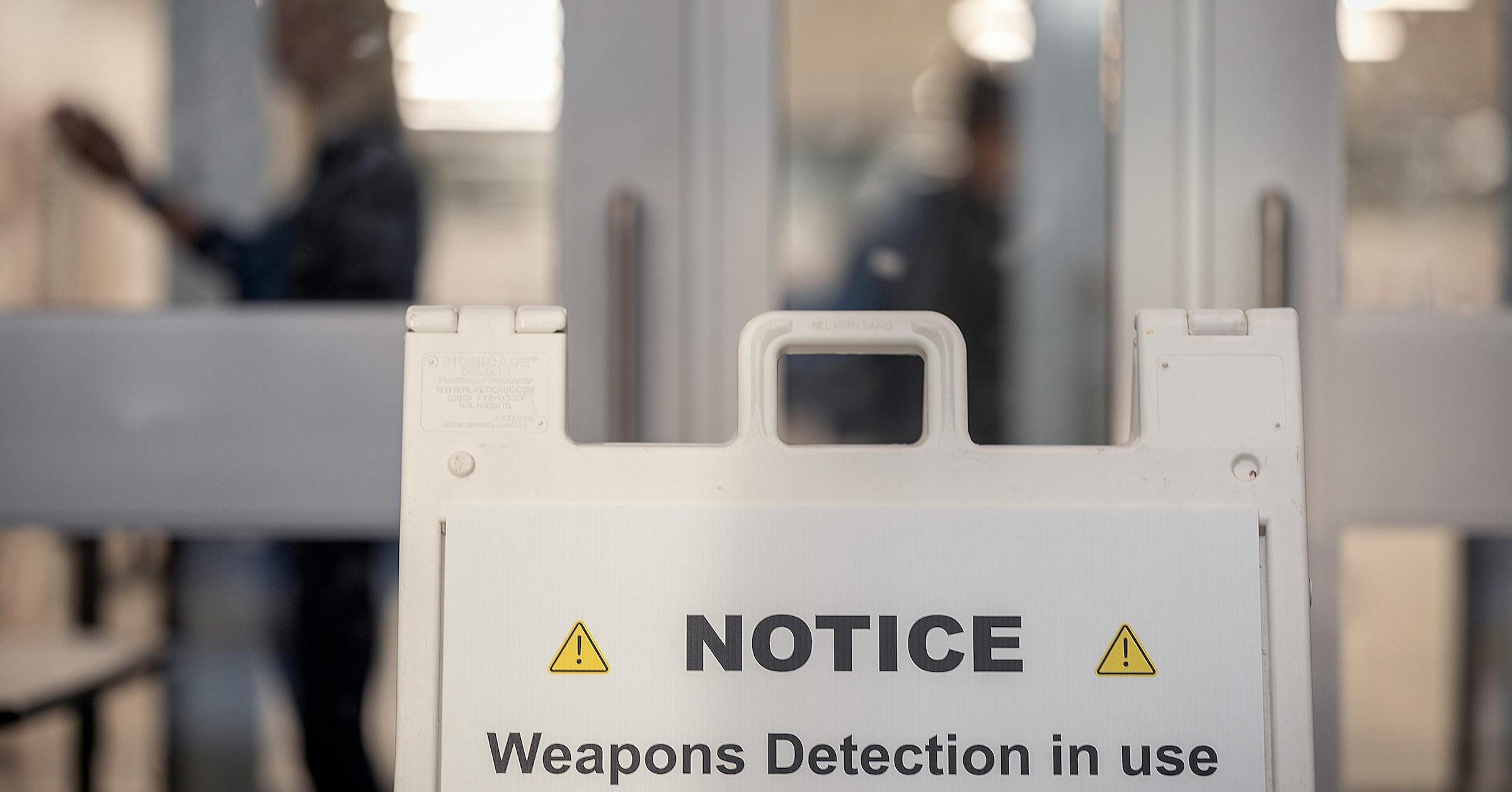


;Resize=805#)
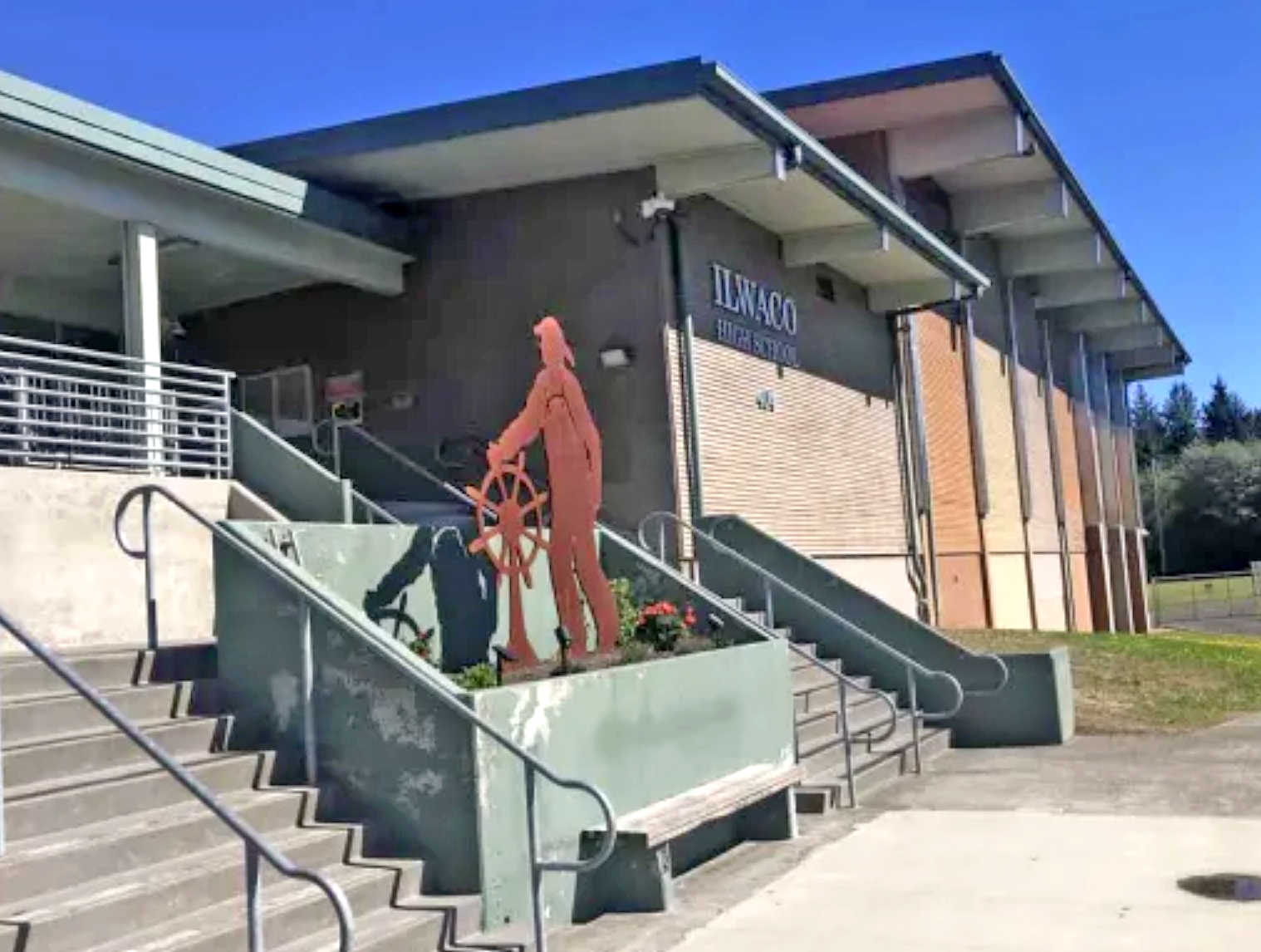











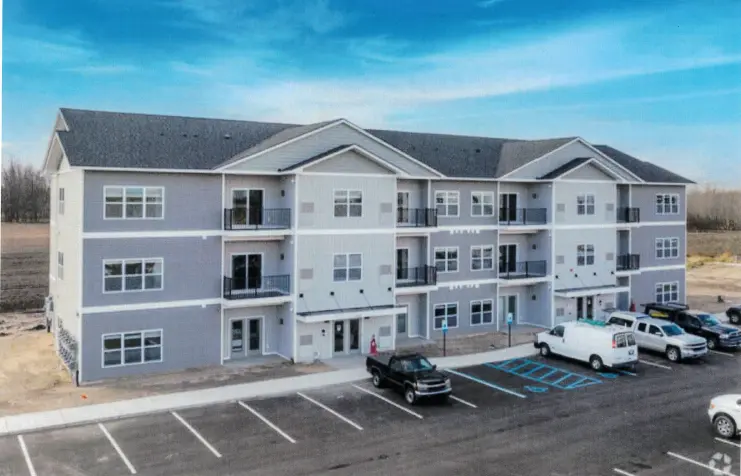





![Officials issue warning as aggressive growth threatens properties: ‘Only add[s] to homeowners’ anxiety’ – The Cool Down](https://www.thecooldown.com/wp-content/uploads/2025/03/FX-Deluxe_Lifestyle_1326191354-copy.jpg?#)



